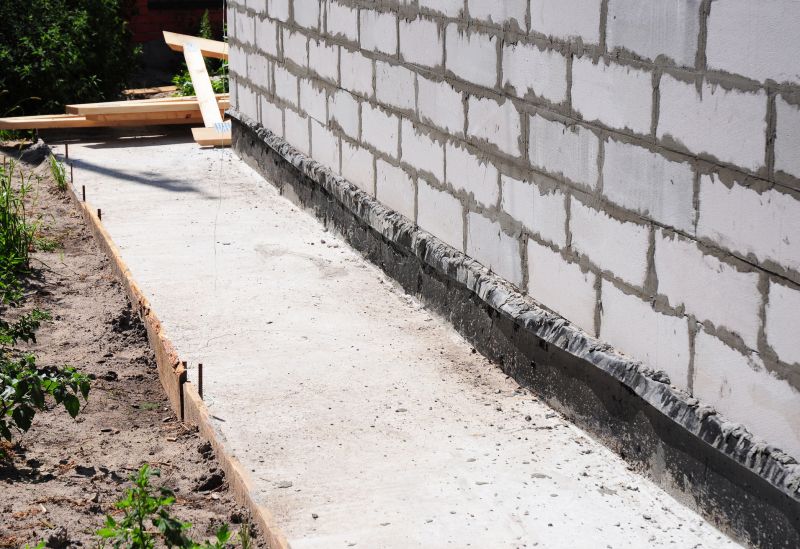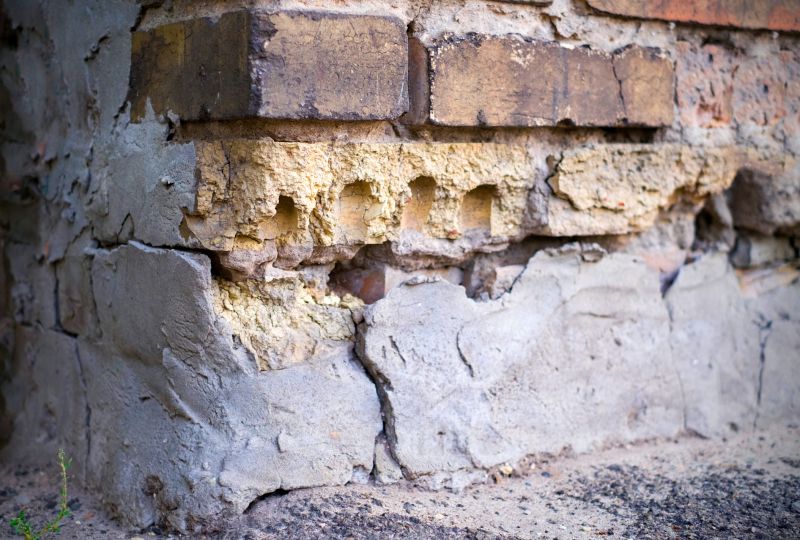Optimal Seasons for Foundation Repairs

Ways to make Foundation Repairs work in tight or awkward layouts.

Popular materials for Foundation Repairs and why they hold up over time.

Simple add-ons that improve Foundation Repairs without blowing the budget.

High-end options that actually feel worth it for Foundation Repairs.

Finishes and colors that play nicely with Foundation Repairs.

Little measurements that prevent headaches on Foundation Repairs day.
Foundation repairs are essential for maintaining structural integrity and preventing further damage. The timing of repairs can influence their effectiveness and cost. Generally, moderate weather conditions facilitate better access and curing of repair materials, making certain seasons more suitable for foundation work.
Spring and early summer often present ideal conditions due to milder temperatures and moderate humidity, which support proper curing. During these seasons, soil movement is typically less extreme, reducing the risk of additional shifting during repairs.
Spring offers moderate weather with less extreme temperature fluctuations, aiding in effective foundation repair work.
Summer can be suitable if temperatures are not excessively high, and humidity levels are manageable.
Fall provides cooler temperatures and stable soil conditions, making it a good time for repairs.
Winter may pose challenges due to freezing temperatures and frozen ground, which can hinder repair processes.
| Season | Advantages |
|---|---|
| Spring | Moderate temperatures, stable soil, good curing conditions |
| Summer | Longer daylight hours, accessible weather |
| Fall | Cooler temperatures, less soil movement |
| Winter | Potential delays due to freezing ground, less ideal |
Understanding seasonal impacts on foundation repairs can help in scheduling work for optimal results. Proper timing minimizes the risk of additional damage and ensures the longevity of repairs. Consulting with foundation specialists can provide tailored advice based on local climate conditions.

